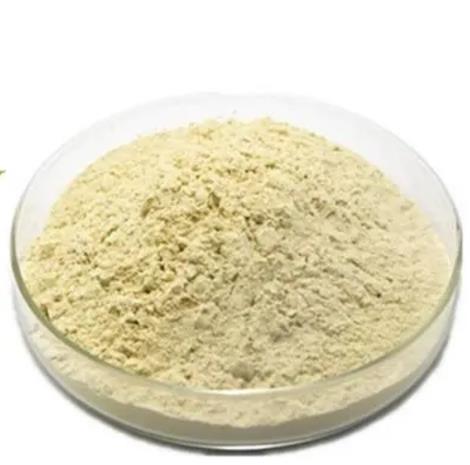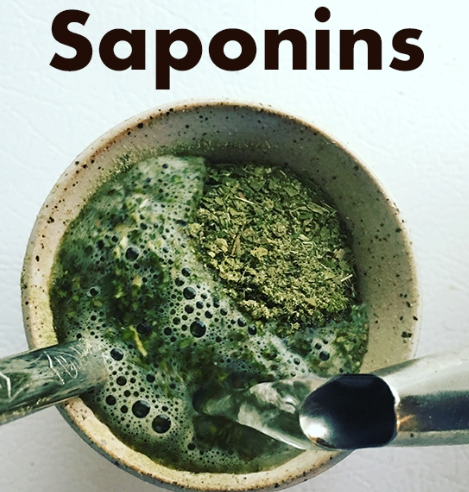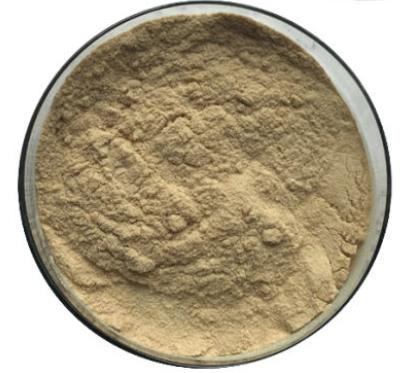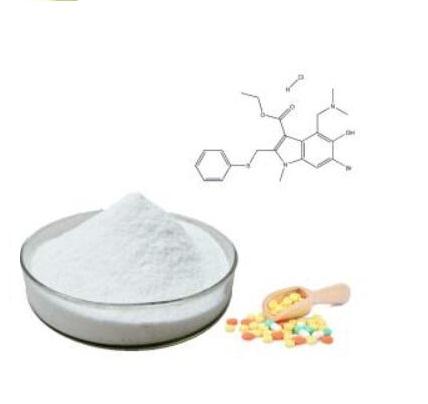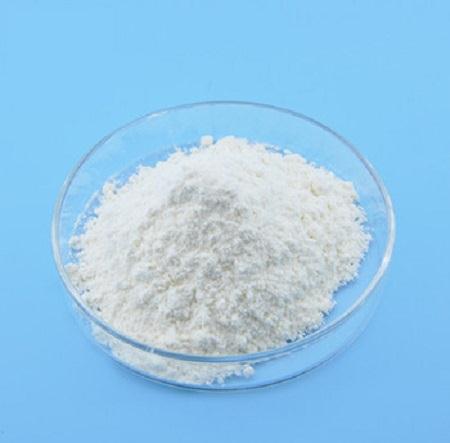Toxicity and extraction of Saponin
Saponin also selectively referred to as triterpene glycosides, are bitter-tasting usually toxic plant-derived organic chemicals that have a foamy quality when agitated in water. It is widely distributed but found particularly in soapwort (genus Saponaria), a flowering plant, and the soapbark tree (Quillaja saponaria).

Uses
Saponin is used for their effects on ammonia emissions in animal feeding.In the United States, researchers are exploring the use of saponins derived from plants to control invasive worm species, including the jumping worm.
Saponins exhibit antioxidant potential in brain mitochondria.
Saponin and Cardiovascular Health
Saponin promotes cardiovascular health due to their ability to lower cholesterol and body fat levels. Researchers believe that these chemicals inhibit cholesterol absorption by binding with bile salts. In clinical trials, saponins from ginseng and ginger have been shown to reduce total and LDL (bad) cholesterol without changing HDL (good) cholesterol levels.
High cholesterol is a major contributing factor to heart disease, chronic kidney disease, atherosclerosis and other disorders. This substance can clog your arteries, leading to plaque buildup on the walls of your blood vessels. As a result, your heart receives less blood and oxygen. A diet rich in saponin may help prevent these problems and keep your heart healthy.
Saponin Toxicity
Saponins are toxic chemicals that protect healthy plants from insect, fungal, and bacterial pathogens. For this reason, ingesting foods that contain saponins can cause toxicity in the human body.However, severe poisoning is rare.
If you consume high levels of saponins, you may experience uncomfortable gastrointestinal side effects such as:
Abdominal pain
Abdominal distension
Diarrhea
Bloating
Nausea
Vomiting
Extraction of saponin
While traditionally saponin presence has been identified by a‘froth test’, through the appearance of soap-like suds during rinsing, this method has been proven inaccurate through our experience. As previously mentioned, most saponin is on the quinoa seed; therefore most of it can be removed before consumption, but this involves a variety of processing techniques that are still in development.
Saponin removal is generally accomplished though either“wet” or “dry”methods, or a combination. Wet methods are an effective way to remove saponin, that being the rinsing or soaking of the quinoa seeds with water. Dry methods for saponin removal require specialized equipment and often involve abrasive scarification of the outer layer of the seed. A combination of both methods is ideal to obtain the highest quality final product.
You may like
Related articles And Qustion
Lastest Price from Saponin manufacturers

US $1200.00-1100.00/ton2025-10-12
- CAS:
- 8047-15-2
- Min. Order:
- 1ton
- Purity:
- 99%
- Supply Ability:
- 1000T/M

US $0.00/KG2025-08-30
- CAS:
- 8047-15-2
- Min. Order:
- 1KG
- Purity:
- 99%
- Supply Ability:
- 2000KG

